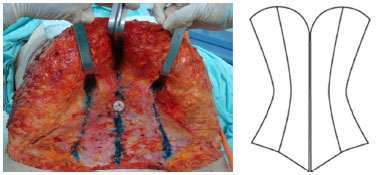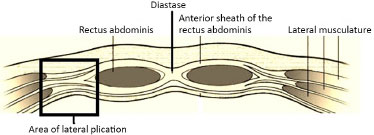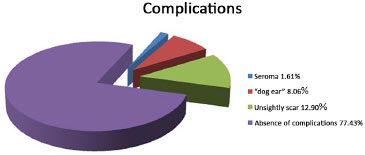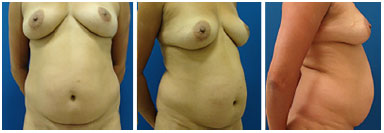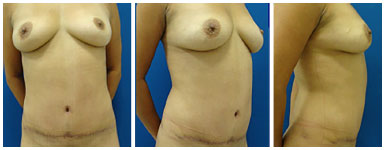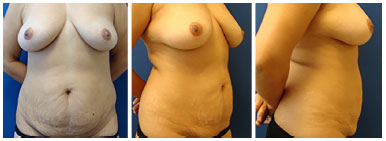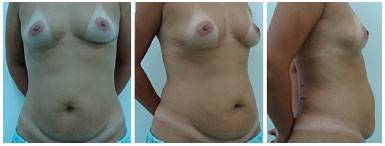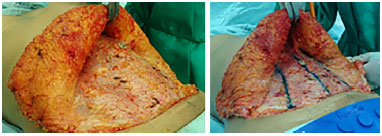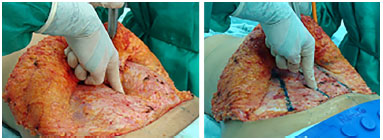ABSTRACT
INTRODUCTION: Abdominoplasty is one of the most common plastic surgery procedures used worldwide. It covers the esthetic appearance and reconstruction of the abdominal wall. Many variations of the incisions, musculofascial repair, and remodeling of the navel have been described. In 1965, Callia performed an incision on the pubis with lateral extensions. In 1967, Pitanguy performed a low horizontal incision with the extremities out and down, and promoted the plication of the rectus abdominis muscles without opening the aponeurosis. Besides demonstrating the ease of implementation and safety of the procedure, the objective of this study was to perform classical abdominoplasty in combination with median and external pararectal plications, also referred to as a corset technique, to recover abdominal wall tension and then liposuction at the end of the procedure to improve abdominal body contour.
METHODS: Sixty-two women with a mean age of 37 years underwent operation between 2011 and 2013.
RESULTS: None of the women in the present study had hematoma, infection, necrosis, or epidermolysis. Late encapsulated seroma was observed in one patient. Five patients had a "dog ear," and eight had unsightly scars but no keloid. All the patients were satisfied with the surgical outcome.
CONCLUSION: The technique described in this study adds two more plications to the classic abdominoplasty, which lead to higher tension in the abdominal wall and more satisfactory esthetic results. Besides being easy to implement, the technique enables lower positioning of the suprapubic transverse incision, which can be easily hidden even with short clothing.
Keywords: Lipectomy; Abdominal muscles/surgery; Abdominal wall/surgery; Abdominoplasty.


